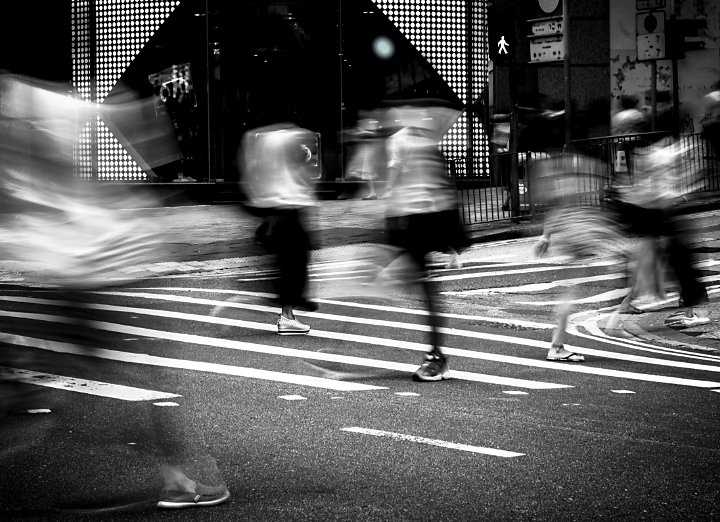Getting My Street Photographers To Work
Getting My Street Photographers To Work
Blog Article
The smart Trick of Street Photographers That Nobody is Discussing
Table of ContentsThe smart Trick of Street Photographers That Nobody is Talking AboutMore About Street PhotographersThe Ultimate Guide To Street PhotographersThe Facts About Street Photographers RevealedStreet Photographers Things To Know Before You Get This
Road professional photographers do not always have a social purpose in mind, but they favor to separate and record minutes which might otherwise go undetected.He was influenced by numerous of those who influenced the street photographers of the 1950s and '60s, he was not chiefly interested in recording the spirit of the road. The impulse to visually record people in public began with 19th-century painters such as Edgar Degas, douard Manet, and Henri de Toulouse-Lautrec, who worked side by side with professional photographers attempting to record the significance of city life.
Because of the somewhat primitive technology offered to him and the long direct exposure time required, he battled to catch the stress of the Paris streets. He experimented with a series of photo techniques, attempting to locate one that would allow him to capture motion without a blur, and he located some success with the calotype, patented in 1841 by William Henry Fox Talbot. As opposed to Atget, professional photographer Charles Marville was worked with by the city of Paris to produce an encyclopaedic paper of Haussmann's city preparation project as it unravelled, hence old and brand-new Paris. While the photographers' topic was essentially the exact same, the results were substantially different, showing the influence of the digital photographer's bent on the personality of the images he produced.
Given the great top quality of his photographs and the breadth of material, engineers and artists typically got Atget's prints to make use of as reference for their very own job, though business passions were hardly his major inspiration. Instead, he was driven to photo every last remnant of the Paris he liked. The mingled enthusiasm and necessity of his goal sparkle through, leading to photos that narrate his own experience of the city, top qualities that prepared for street photography of the 20th century.
Examine This Report on Street Photographers
They reveal the city via his eyes. His job and basic understanding of digital photography as an art form served as inspiration to generations of professional photographers that followed. The next generation of road professional photographers, though they likely did not describe themselves because of this, was introduced by the photojournalism of Hungarian-born professional photographer Andr Kertsz.
Unlike his peers, Brassa utilized a larger-format Voigtlnder camera with a much longer exposure time, forcing him to be a lot more calculated and thoughtful in his method than he may have been if using a Leica. (It is believed that he might not have been able to pay for a Leica at that time, however he did, however, use one in the late 1950s to take colour pictures.) Brassa's photos of the like it Paris abyss illuminated by fabricated light were a discovery, and the collection of the series that he published, (1933 ), was a significant success.
Cartier-Bresson was a champ of the Leica video camera and among the initial photographers to maximize its capabilities. The Leica enabled the professional photographer to connect with the surroundings and to catch minutes as they took place. Its relatively tiny dimension also helped the digital photographer fade into the background, which was Cartier-Bresson's favored strategy.
The 6-Second Trick For Street Photographers
It is due to the fact that of this basic understanding of the art of image taking that he is frequently credited with rediscovering the tool all over again about a century since its invention. He took photographs for greater than a half century and affected generations of digital photographers to trust their eye and instinct in the moment.
These are the questions I shall try to address: And afterwards I'll leave you with my own interpretation of road digital photography. Yes, we do. Let's kick off with specifying what an interpretation is: According to (Street Photographers) it is: "The act of defining, or of making something guaranteed, unique, or clear"
No, most definitely not. The term is both limiting and misguiding. Seems like a street digital photography must be images of a roads best?! And all road digital photographers, with the exception of a Related Site tiny number of outright beginners, will totally value that a street is not the key part to street digital photography, and in fact if it's a photo of a street with perhaps a couple of monotonous individuals not doing anything of rate of interest, that's not street photography that's a photo of a street.
Unknown Facts About Street Photographers
He makes a legitimate point don't you assume? While I concur with him I'm not certain "candid public photography" will catch on (although I do kind of like the term "candid photography") since "road digital photography" has been around for a lengthy time, with several masters' names affixed to it, so I believe the term is here to stay (Street Photographers).
You can fire at the coastline, at a festival, in an alley, in a park, in a piazza, in a coffee shop, at a gallery or art gallery, in a city station, at an event, on a bridge, under a bridge ...
Yes, I'm afraid we worried no choice! Without guidelines we can not have a meaning, and without a meaning we do not have a category, and without a category we do not have anything to specify what we do, and so we are stuck in a "rules meaning genre" loop!
The 15-Second Trick For Street Photographers

Report this page